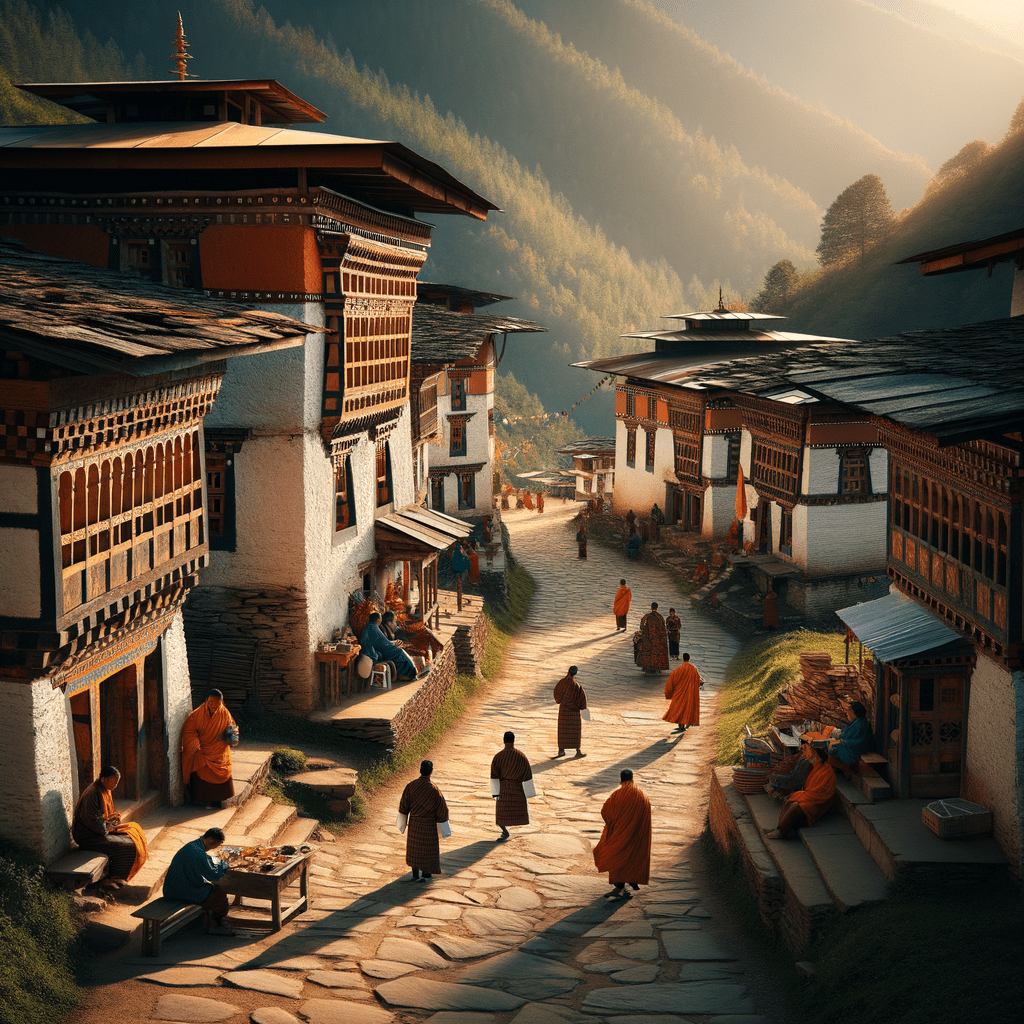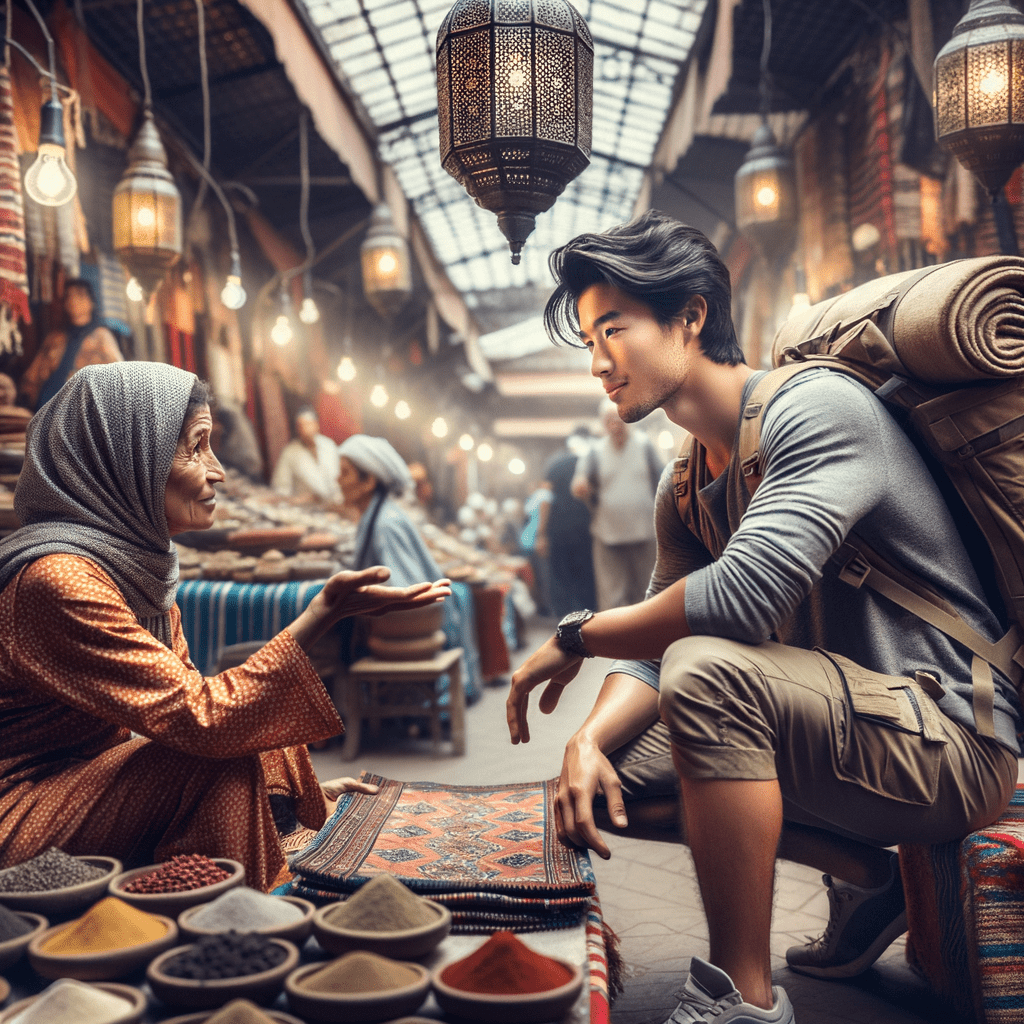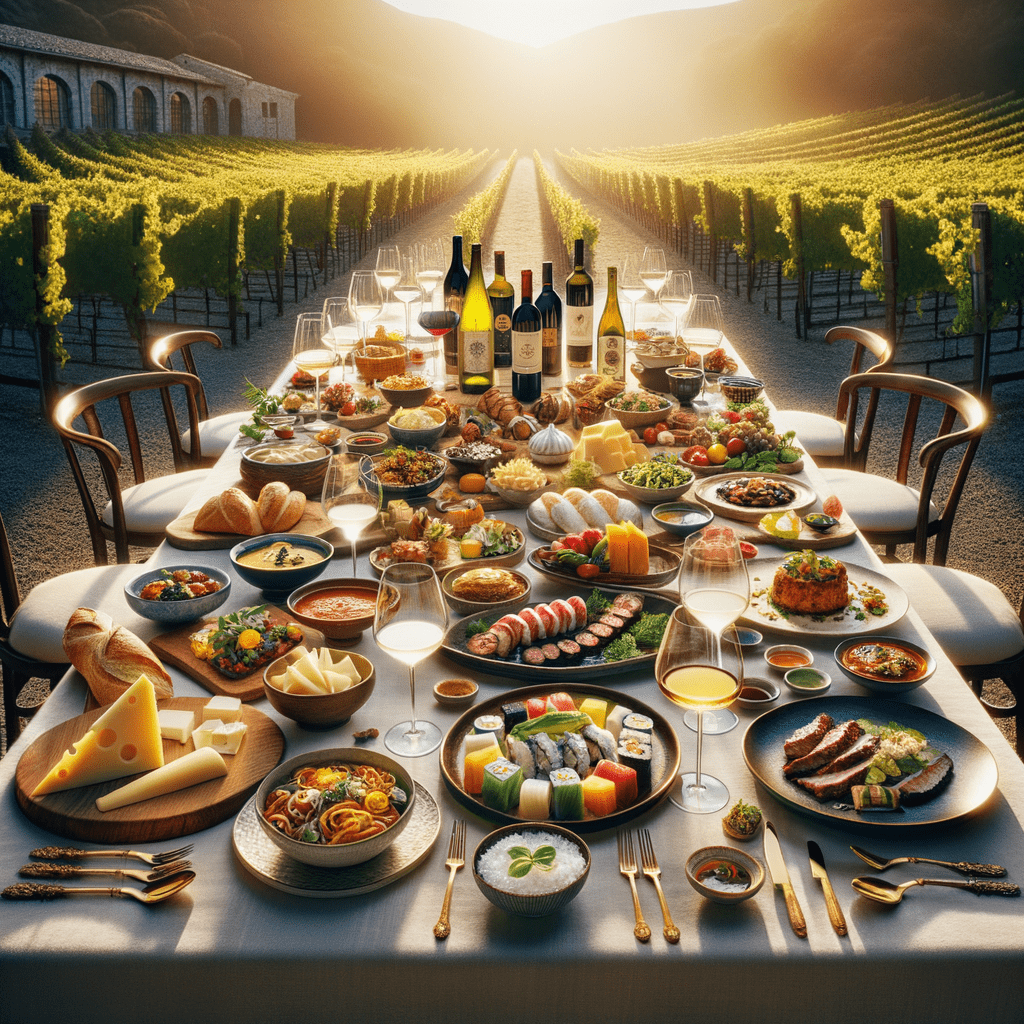You know, there’s this inexplicable pull I feel towards the way different cultures hold onto their traditions, no matter where they are in the world. It’s like our planet is a giant, rich tapestry, stitched together with stories and customs from the past that have this profound way of shaping who we are today. Just the other day, sitting on my couch with a comfy blanket, sipping a latte and scrolling through my phone, I suddenly realized how much these ancient rituals have sneakily seeped into our modern lives.
I’m a bit of a sucker for the strange marriage of the ancient and the modern. Like, how ironic is it that I learn about thousand-year-old ceremonies on a gadget that’s only been around for a decade or so? There’s a wonderful contradiction there that kind of thrills me. So, I thought—why not dive headfirst into these alluring rituals? They’ve stood the test of time and embraced a world that’s obsessed with the next big thing, after all.
But hey, let’s keep it casual. No thick and heavy textbooks here. Just a little rambling adventure through some mesmerizing customs with all their quirks and fascination, and maybe a pinch of my own wonder sprinkled in for good measure.
Day of the Dead: A Celebration of Life
Let’s kick this off in Mexico with the Day of the Dead, or as they call it down there, Día de los Muertos. It’s this crazy mix of color explosions and deep emotions, celebrated around the end of October and beginning of November. It’s the sort of festival where joy and mourning go hand in hand in the most beautiful way. Families gather, building these altars loaded with flowers and food, celebrating and remembering their loved ones who’ve passed on. It’s like mixing laughter with memories and a touch of bittersweet nostalgia all swooshed together.
What really gets me is how they just accept death, no dodging it or pretending it doesn’t exist. In a lot of places, we treat it like some horrible curse, but not here. In this festival, death is celebrated warmly, with flickering candlelight and vibrant marigolds. It’s as if skeletons, rather than being spooky, are comforting reminders that life keeps trucking on.
I often ponder this: Would talking about or even welcoming death be easier if it could be celebrated with such joy? This festival, for me, is a beautiful reminder painted in all the colors of the world, showing us that life—and even its end—can be celebrated.
Hindu Weddings: A Feast for the Senses
If you’ve never had the chance to be at an Indian wedding, oh boy, you’re missing out! It’s like walking into the most vibrant, senses-overloading party you’ve ever seen. Colors everywhere, tantalizing smells of spices, and music that fills the air. At the heart of the chaos are cherished traditions, held up with the utmost pride.
There’s the sacred fire ceremony, or ‘Agni Pooja’, which I find absorbing. Here, fire is not just an element but a divine witness, blessing couples as they circle around it, chanting vows that mean a lot more than just ’till death do us part’. It’s hot and spiritual—a fiery blend of culture and devotion, crackling with warmth as promises for eternity are made.
It’s more than just rituals, though. These weddings bring people together, somehow capturing the full spectrum of life—chaos, camaraderie, nerves, and love—all swirling around like a well-blended masala chai.
Every wedding I’ve peeked into or heard about is as unique as the people throwing it. It feels like a big, joyous, slightly overwhelming hug, with the smell of henna and jasmine lingering long after the celebrations are over.
Japanese Tea Ceremony: The Art of Presence
Then there’s the Japanese Tea Ceremony, or the Way of Tea, and it’s all about embracing the quiet. In a world running at a ridiculous speed, it coaxes you to take a deep breath and just be. Every slow, deliberate movement in making that perfect cup of matcha calls for grace and subtlety, representing a kind of peaceful wisdom passed down over time.
The more I think about it, the more it seems like a dance—a well-orchestrated performance where every motion has a purpose and a past. In that simplicity hides profound complexity, challenging my restless nature to just stay in the moment and not rush off.
That’s its charm, right? Patience and stillness, marinated through centuries and poured out in mere moments. It’s impressive how something as simple as brewing tea morphs into meditative art, making us appreciate now over the relentless tick-tock of modern life. It’s pretty humbling, to be honest.
Maori Haka: Strength in Unity
Now, let’s talk about the jaw-dropping, goosebump-inducing Haka of the Maori from New Zealand. This one isn’t for wallflowers, that’s for sure. The Haka is a rousing show of unity, strength, and spirit that’s grown from a war dance into a symbol of Maori culture worldwide.
Watching videos of the Haka always leaves me a bit astounded and spellbound. That synchronized stomping and those powerful chants—it’s gripping! For them, it’s not just about putting on a show but embodying their spirit and community through action.
The energy of it hits like a powerful symphony, stirring something deep inside. What’s fascinating is how adaptable it is—holding onto its heart through generations while embracing new occasions and meanings.
In a world that worships individuality, the Haka stands as a solid reminder of our core need for connection and how much power lies in unity.
Balinese Nyepi: The Day of Silence
Imagine an island hitting pause—all of it. That’s Nyepi in Bali, a day of complete silence and reflection, marking their New Year. Limited by our noisy surroundings, Nyepi offers a chance to reflect, breathe, and just be.
For someone who could talk for hours, a whole silent day sounds intimidating yet enticing. Could I hold my peace and let the quiet soothe me? It must feel like drawing a fresh breath after a stormy day ends.
Nyepi demands introspection, stripping away the usual din and allowing people to recalibrate. It appeals to me, a golden opportunity to pause and find harmony amidst life’s cyclone of activities.
Zhou Dynasty Rituals: Music Amongst the Stars
And finally, back to ancient China, to the Zhou dynasty, where they intertwined tradition and spirituality in a ritual that’s very musical. They had these rites connecting music with spirituality, cementing a link between the cosmos and our earthly selves—just sublime!
The purity of spirit in these rituals is touching, echoing our endless quest to find our place among the stars. Their use of music to breach barriers between heaven and earth is a magical blend of joy and spirituality that whispers through the ages.
Music aligned with spirituality continues to inspire. Those ancient harmonizers can rest assured their sonic legacy thrives, echoing celestial chords and reminding me of tranquil nights pondering the vastness above.
Every one of these rituals is a testament to the enduring human spirit. They’re a series of echoes from those who’ve left marks with their dances, griefs, joys, and meditations, deeply rooted in heritage.
Wandering through life, the curiosity I feel never dulls. I’m drawn to the rhythm of these rituals, hoping they leave me with just a sliver of understanding about harmony and identity. I hope, maybe for a moment, you’ll feel a spark to chase them, and invite a bit of this ancient magic into your life. After all, sprinkling a bit of ancient wisdom adds a touch of magic to our everyday existence, don’t you think?














